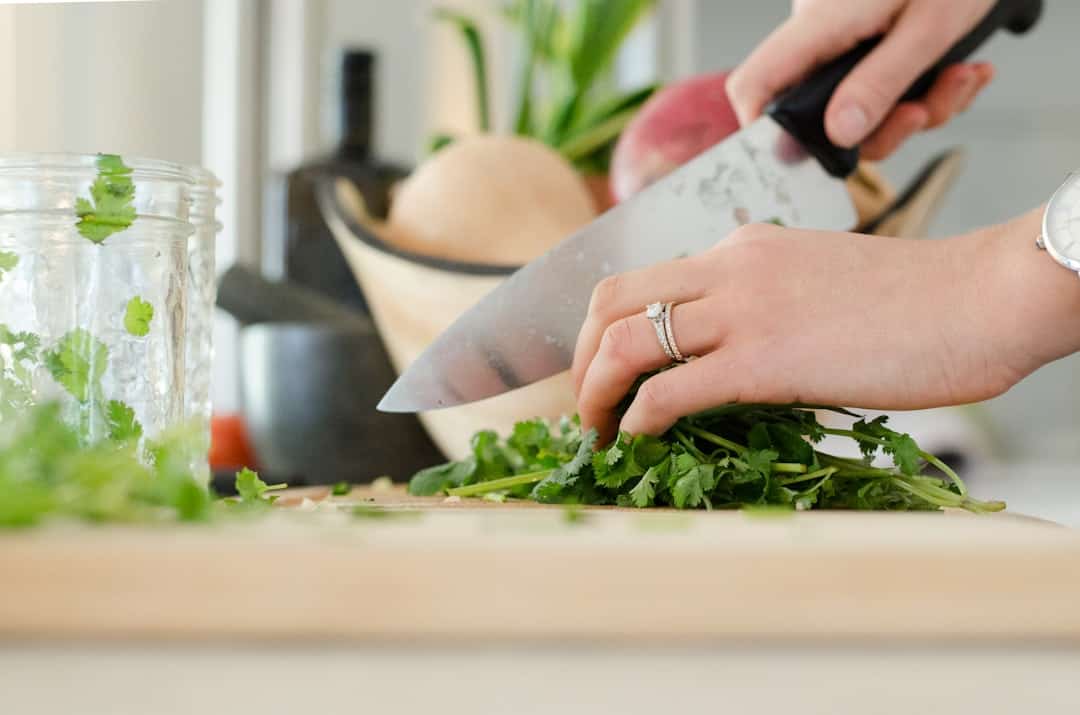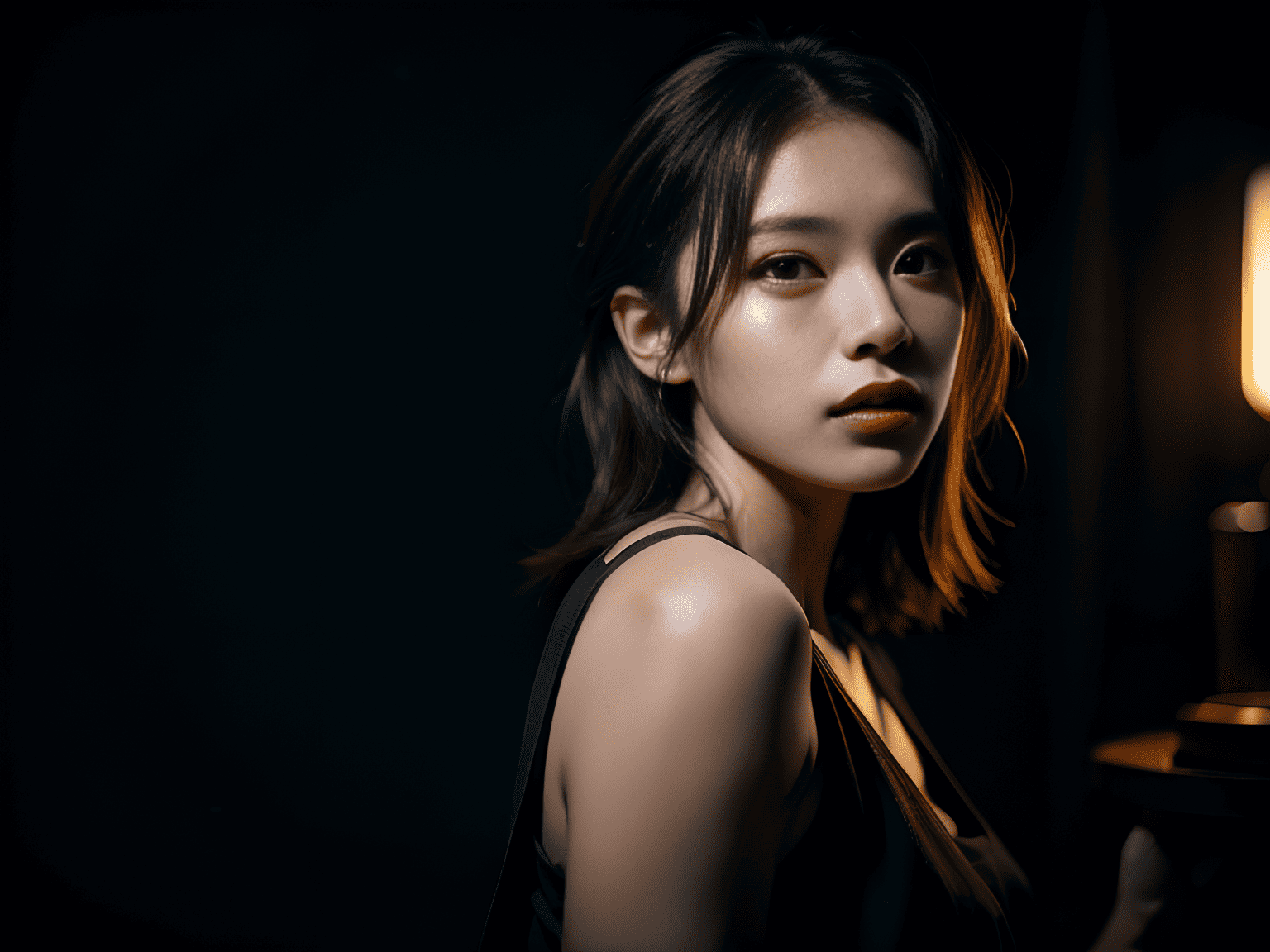The concept of metaverse museums represents a groundbreaking evolution in the way we experience art, culture, and history. As digital technology continues to advance, these virtual spaces are redefining the traditional museum experience, allowing visitors to explore vast collections from the comfort of their own homes. Unlike physical museums, which are often constrained by geographical limitations and physical space, metaverse museums can host an infinite number of exhibits and artifacts, creating a boundless environment for exploration.
This shift not only democratizes access to cultural heritage but also invites a diverse audience to engage with art and history in innovative ways. The metaverse serves as a canvas for creativity, where artists and curators can experiment with new forms of expression and presentation that transcend the limitations of the physical world. Moreover, metaverse museums are not merely digital replicas of their physical counterparts; they are unique entities that leverage the capabilities of virtual reality (VR) and augmented reality (AR) to create immersive experiences.
Visitors can interact with exhibits in ways that were previously unimaginable, such as walking through a virtual gallery, examining artifacts up close, or even participating in interactive installations. This interactivity fosters a deeper connection between the audience and the artwork, encouraging exploration and engagement. As we delve into the world of metaverse museums, it becomes clear that they are not just a trend but a significant shift in how we perceive and interact with culture and history in an increasingly digital age.
Key Takeaways
- Metaverse museums are redefining the traditional museum experience in a digital world.
- Virtual oddities and unconventional art pieces can be found in metaverse museums, offering unique and bizarre artifacts.
- Digital collections in metaverse museums play a crucial role in preserving cultural heritage and history in the digital realm.
- Virtual reality art exhibits in metaverse museums provide immersive and interactive experiences, pushing the boundaries of traditional art experiences.
- Curators in metaverse museums navigate the curation of digital collections and virtual oddities, shaping the digital world of artistic expression.
Virtual Oddities: Uncovering the Unusual in the Metaverse
One of the most fascinating aspects of metaverse museums is their ability to showcase unique and bizarre artifacts that challenge our understanding of art and culture. These virtual oddities range from whimsical digital sculptures to unconventional installations that defy traditional artistic norms. For instance, some metaverse museums feature surreal landscapes where gravity does not apply, allowing artists to create gravity-defying sculptures that captivate the imagination.
These unusual pieces invite visitors to question their perceptions of reality and art, encouraging them to explore the boundaries of creativity in a digital context. In addition to showcasing unconventional art pieces, metaverse museums often curate collections that highlight the eccentricities of human expression. From digital taxidermy to animated historical figures, these artifacts serve as a testament to the diverse ways in which artists interpret and represent the world around them.
The inclusion of such oddities not only enriches the visitor experience but also fosters a sense of curiosity and wonder. As audiences navigate through these virtual spaces, they encounter artifacts that provoke thought and inspire dialogue about the nature of art, culture, and the human experience in an increasingly digital landscape.
Digital Collections: Preserving History in the Digital Realm

The preservation of cultural heritage is a critical aspect of metaverse museums, as they provide a platform for safeguarding digital artifacts and collections that might otherwise be lost to time. In an era where physical objects can deteriorate or be destroyed, digital preservation offers a viable solution for maintaining access to important historical items. Metaverse museums can house everything from ancient manuscripts to contemporary digital art, ensuring that these treasures remain accessible to future generations.
This commitment to preservation is particularly vital as we navigate an increasingly digital world where traditional forms of documentation may become obsolete. Furthermore, metaverse museums play a crucial role in democratizing access to cultural heritage. By digitizing collections and making them available online, these institutions can reach a global audience that may not have the opportunity to visit physical museums.
This accessibility fosters a greater appreciation for diverse cultures and histories, allowing individuals from all walks of life to engage with artifacts that resonate with their own experiences. As we continue to explore the potential of metaverse museums, it is essential to recognize their role in preserving our shared history while simultaneously embracing the innovations of the digital age.
VR Art Exhibits: Immersive Experiences in the Metaverse
Virtual reality art exhibits within metaverse museums offer an unparalleled level of immersion that transforms the way we experience art. Unlike traditional galleries where viewers are often limited to passive observation, VR exhibits invite participants to step into dynamic environments where they can interact with artworks on multiple levels. For example, visitors might find themselves walking through a 3D representation of a famous painting or exploring an animated landscape that responds to their movements.
This interactivity not only enhances engagement but also allows for a more personal connection with the artwork, as visitors can experience it from various perspectives. Moreover, VR art exhibits often incorporate elements of storytelling and narrative, further enriching the visitor experience. Artists can create immersive worlds that transport audiences into different times and places, allowing them to engage with art in a context that feels alive and relevant.
This innovative approach challenges traditional notions of artistic expression by blurring the lines between creator and audience. As visitors navigate these virtual spaces, they become active participants in the artistic process, fostering a sense of agency and connection that is often absent in conventional museum settings.
Curating a Digital World: The Role of Metaverse Museum Curators
The role of curators in metaverse museums is evolving as they navigate the complexities of curating digital collections and virtual oddities. Unlike traditional curators who work within physical spaces, metaverse curators must consider how to present artworks in a virtual environment that allows for interactivity and engagement. This requires a deep understanding of both the artistic medium and the technological tools available for creating immersive experiences.
Curators must also be adept at utilizing data analytics to understand visitor behavior and preferences, ensuring that exhibitions resonate with diverse audiences. In addition to selecting and organizing artworks, metaverse curators play a vital role in fostering community engagement within virtual spaces. They often collaborate with artists, technologists, and educators to create programs that encourage participation and dialogue among visitors.
This collaborative approach not only enriches the visitor experience but also helps build a sense of belonging within the digital realm. As metaverse museums continue to grow and evolve, curators will be instrumental in shaping the future of cultural engagement in this new frontier.
Unique Metaverse Art: Redefining Artistic Expression in the Digital Age

The emergence of metaverse museums has given rise to unique forms of artistic expression that challenge traditional notions of what art can be. In this digital landscape, artists are experimenting with new mediums such as generative art, interactive installations, and virtual performances that push the boundaries of creativity. These innovative works often incorporate elements of technology, allowing for dynamic interactions between the artwork and its audience.
For instance, generative art can create ever-changing visuals based on user input or environmental factors, resulting in a unique experience for each visitor. Moreover, metaverse art often reflects contemporary societal issues and cultural narratives in ways that resonate with today’s audiences. Artists are using digital platforms to address themes such as identity, community, and environmental sustainability through their work.
This ability to engage with pressing issues in real-time allows for a more relevant and impactful artistic expression that speaks to the complexities of modern life. As we explore the unique forms of art emerging within metaverse museums, it becomes evident that this digital age is fostering a new wave of creativity that redefines our understanding of artistic expression.
For those venturing into metaverse museums for the first time, navigating this digital landscape can be both exciting and overwhelming. To make the most of your experience, it is essential to familiarize yourself with the platform you are using before diving into exhibitions. Many metaverse museums offer tutorials or guided tours that can help you understand how to interact with exhibits effectively.
Taking advantage of these resources can enhance your visit by providing insights into how to engage with artworks and navigate virtual spaces seamlessly. Additionally, visitors should approach their exploration with an open mind and a sense of curiosity. The beauty of metaverse museums lies in their ability to surprise and inspire; therefore, allowing yourself to wander freely through exhibits can lead to unexpected discoveries.
Engaging with interactive installations or participating in virtual events can also enrich your experience by fostering connections with other visitors and artists alike. By embracing the unique opportunities presented by metaverse museums, you can cultivate a deeper appreciation for art and culture in this innovative digital realm.
The Future of Metaverse Museums: Innovations and Possibilities
As we look ahead to the future of metaverse museums, it is clear that innovations will continue to shape this evolving landscape. Emerging technologies such as artificial intelligence (AI) and blockchain are poised to revolutionize how we curate and experience art in virtual spaces. AI could enable personalized recommendations based on individual preferences, creating tailored experiences for each visitor while blockchain technology may enhance provenance tracking for digital artworks, ensuring authenticity and ownership rights in an increasingly complex digital marketplace.
Moreover, as more artists embrace the possibilities offered by metaverse platforms, we can expect an influx of diverse voices and perspectives that will enrich our understanding of culture and creativity. Collaborative projects between artists from different backgrounds may lead to groundbreaking exhibitions that challenge conventional narratives and foster cross-cultural dialogue. The potential for innovation within metaverse museums is limitless; as technology continues to advance, so too will our ability to explore new dimensions of artistic expression and cultural engagement in this vibrant digital world.
If you’re intrigued by the concept of Metaverse Museums and the curation of digital worlds, you might find the article “Exploring Megaverse: An Introduction to Multi-Universe Concepts” particularly fascinating. This piece delves into the broader framework of multiple virtual universes, or the ‘Megaverse’, providing a foundational understanding that complements the idea of curating diverse and unique experiences within these digital realms. Understanding this broader concept can enhance your appreciation of how Metaverse Museums operate within these expansive virtual environments, offering a richer context for the creation and exhibition of oddities and bizarre artifacts.
FAQs
What is a metaverse museum?
A metaverse museum is a digital space that exists within a virtual world, such as a virtual reality environment or an online platform, where users can explore and interact with curated collections of art, artifacts, and oddities.
How do metaverse museums differ from traditional museums?
Metaverse museums differ from traditional museums in that they exist in a digital space, allowing for a more immersive and interactive experience. Visitors can explore the museum from anywhere in the world using virtual reality technology or through online platforms.
What kind of artifacts and oddities can be found in metaverse museums?
Metaverse museums can feature a wide range of artifacts and oddities, including digital art, virtual sculptures, historical replicas, and unique items that may not exist in the physical world. These collections often push the boundaries of traditional art and showcase innovative and experimental works.
How are metaverse museums curated?
Metaverse museums are curated by digital artists, designers, and curators who select and organize the collections of art and artifacts within the virtual space. They may collaborate with creators from around the world to bring together a diverse and eclectic range of works.
What are the benefits of experiencing a metaverse museum?
Experiencing a metaverse museum offers the benefits of accessibility, allowing people from different locations to explore the collections without physical travel. It also provides a unique and immersive way to engage with art and culture, often incorporating interactive elements and virtual experiences.











Leave a Reply